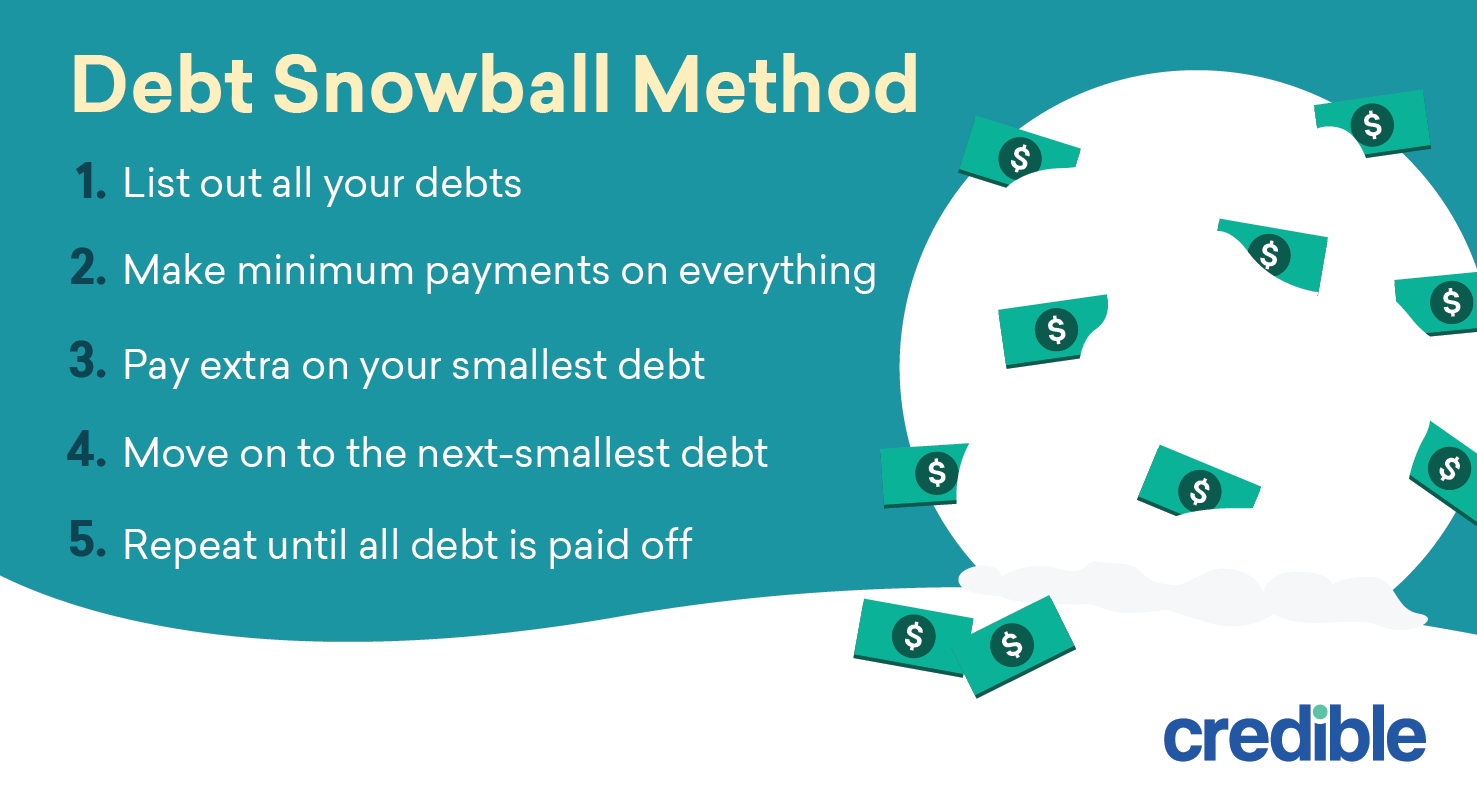
Technical analysis is something you've probably heard of, but are you familiar with how it works? Technical analysis can be used to predict the future and analyze the past. This is one popular way to trade commodities and stocks. Here's a quick guide. The following are the fundamental principles of technical analyses:
Volume and price charts
Stock charts are best understood by understanding how supply and need work. For example, high volume on days when the stock price is increasing indicates an undervalued stock. However, high volume when the stock price drops indicates strong selling. Look out for days with high or low volumes to help you understand the price and volume charts. This will make buying and selling the stock easier.
Moving average crossover
In technical analysis, a moving average crossover occurs when two different moving averages cross one another. The more time passed since the last crossover, the slower the moving mean. If the long-term average crosses above the short term average, it is a bearish signal. You can also use the moving trend crossover with a combination of three moving Averages. The bullish signal occurs when the medium-term average moves above the long-term average. The opposite is true for the short-term trend.

Candlestick charts
Candlestick patterns can be used for technical analysis, as well as intraday trade analysis. These patterns can be used for technical analysis, including determining support and resistance levels, pivot points and technical indicators. Additionally, they can also be used by individual decision-makers to create their own methods or algorithms. Refinitiv Workspace has multiple Chart types that are suitable for different purposes. These are some helpful tips to help you use candlestick chart for technical analysis.
Dow theory
The basic rules of Dow theory are essential if you want to use it for technical analysis. These rules are known as the tenets of Dow theory. These rules address key aspects of stock markets trends. These include paying careful attention to market data, recognizing trends, and determining when reversals are occurring. Technical analysis is designed to help you make profitable trading decision. But how can you make the Dow theory principles work for stock analysis?
MetaTrader 4
MetaTrader 4 can be used to perform technical analysis. This is done by creating a trade. This can be done using MetaTrader 4,'s Terminal window's Trade' tab. Open the window and click the "Close Order" button to close your trade. You'll be able see the market bids and offers.
NexGen tools for MT4
MT4 NexGen tools are a great way to use advanced technical analysis tools on your MetaTrader 4 platform. They provide you with a graphical interface and a specialized language for writing Expert Advisors and custom signals. In addition, they give you access to MT4 NexGen, a set of advanced trading tools that also includes an economic calendar and correlation tools. MT4Neggen is a great option if you want the most powerful tools.

Technical analysis can generate trading signals
A crossing of two moving averages can result in a trading signal. A short moving average crosses over a longer one to generate a sell signal. This crossover can happen on specific stocks or broad market indices. This happened last mid-March 2020. It was not prescient. By that point, most of the losses on the COVID-19 had already been realized.
FAQ
What should you look for in a brokerage?
There are two main things you need to look at when choosing a brokerage firm:
-
Fees – How much are you willing to pay for each trade?
-
Customer Service – Will you receive good customer service if there is a problem?
A company should have low fees and provide excellent customer support. You will be happy with your decision.
What are the types of investments you can make?
The four main types of investment are debt, equity, real estate, and cash.
Debt is an obligation to pay the money back at a later date. It is commonly used to finance large projects, such building houses or factories. Equity can be defined as the purchase of shares in a business. Real estate refers to land and buildings that you own. Cash is what you have on hand right now.
When you invest your money in securities such as stocks, bonds, mutual fund, or other securities you become a part of the business. You are part of the profits and losses.
What type of investment has the highest return?
The truth is that it doesn't really matter what you think. It all depends on the risk you are willing and able to take. One example: If you invest $1000 today with a 10% annual yield, then $1100 would come in a year. If you were to invest $100,000 today but expect a 20% annual yield (which is risky), you would get $200,000 after five year.
In general, the greater the return, generally speaking, the higher the risk.
Investing in low-risk investments like CDs and bank accounts is the best option.
However, it will probably result in lower returns.
High-risk investments, on the other hand can yield large gains.
A stock portfolio could yield a 100 percent return if all of your savings are invested in it. It also means that you could lose everything if your stock market crashes.
Which is the best?
It depends on your goals.
It makes sense, for example, to save money for retirement if you expect to retire in 30 year's time.
However, if you are looking to accumulate wealth over time, high-risk investments might be more beneficial as they will help you achieve your long-term goals quicker.
Remember: Riskier investments usually mean greater potential rewards.
However, there is no guarantee you will be able achieve these rewards.
Is passive income possible without starting a company?
It is. In fact, the majority of people who are successful today started out as entrepreneurs. Many of them started businesses before they were famous.
You don't need to create a business in order to make passive income. Instead, you can simply create products and services that other people find useful.
For instance, you might write articles on topics you are passionate about. You could also write books. You might also offer consulting services. The only requirement is that you must provide value to others.
Should I diversify my portfolio?
Many believe diversification is key to success in investing.
Many financial advisors will recommend that you spread your risk across various asset classes to ensure that no one security is too weak.
But, this strategy doesn't always work. In fact, it's quite possible to lose more money by spreading your bets around.
Imagine you have $10,000 invested, for example, in stocks, commodities, and bonds.
Suppose that the market falls sharply and the value of each asset drops by 50%.
There is still $3,500 remaining. However, if you kept everything together, you'd only have $1750.
In real life, you might lose twice the money if your eggs are all in one place.
It is essential to keep things simple. Don't take on more risks than you can handle.
Statistics
- 0.25% management fee $0 $500 Free career counseling plus loan discounts with a qualifying deposit Up to 1 year of free management with a qualifying deposit Get a $50 customer bonus when you fund your first taxable Investment Account (nerdwallet.com)
- If your stock drops 10% below its purchase price, you have the opportunity to sell that stock to someone else and still retain 90% of your risk capital. (investopedia.com)
- An important note to remember is that a bond may only net you a 3% return on your money over multiple years. (ruleoneinvesting.com)
- Some traders typically risk 2-5% of their capital based on any particular trade. (investopedia.com)
External Links
How To
How to invest in commodities
Investing on commodities is buying physical assets, such as plantations, oil fields, and mines, and then later selling them at higher price. This is called commodity trading.
Commodity investing is based upon the assumption that an asset's value will increase if there is greater demand. The price tends to fall when there is less demand for the product.
If you believe the price will increase, then you want to purchase it. And you want to sell something when you think the market will decrease.
There are three main types of commodities investors: speculators (hedging), arbitrageurs (shorthand) and hedgers (shorthand).
A speculator will buy a commodity if he believes the price will rise. He doesn't care what happens if the value falls. One example is someone who owns bullion gold. Or, someone who invests into oil futures contracts.
A "hedger" is an investor who purchases a commodity in the belief that its price will fall. Hedging can help you protect against unanticipated changes in your investment's price. If you own shares in a company that makes widgets, but the price of widgets drops, you might want to hedge your position by shorting (selling) some of those shares. You borrow shares from another person, then you replace them with yours. This will allow you to hope that the price drops enough to cover the difference. Shorting shares works best when the stock is already falling.
The third type, or arbitrager, is an investor. Arbitragers trade one thing in order to obtain another. For example, you could purchase coffee beans directly from farmers. Or you could invest in futures. Futures let you sell coffee beans at a fixed price later. You are not obliged to use the coffee bean, but you have the right to choose whether to keep or sell them.
You can buy something now without spending more than you would later. So, if you know you'll want to buy something in the future, it's better to buy it now rather than wait until later.
There are risks with all types of investing. There is a risk that commodity prices will fall unexpectedly. Another risk is that your investment value could decrease over time. Diversifying your portfolio can help reduce these risks.
Taxes should also be considered. If you plan to sell your investments, you need to figure out how much tax you'll owe on the profit.
Capital gains tax is required for investments that are held longer than one calendar year. Capital gains taxes do not apply to profits made after an investment has been held more than 12 consecutive months.
If you don't expect to hold your investments long term, you may receive ordinary income instead of capital gains. For earnings earned each year, ordinary income taxes will apply.
Commodities can be risky investments. You may lose money the first few times you make an investment. But you can still make money as your portfolio grows.